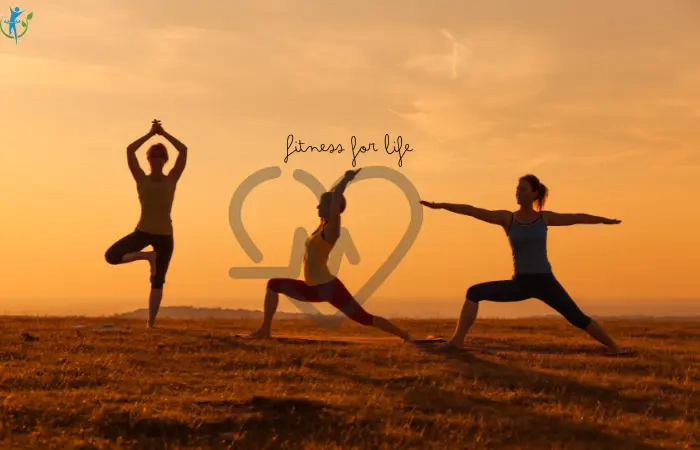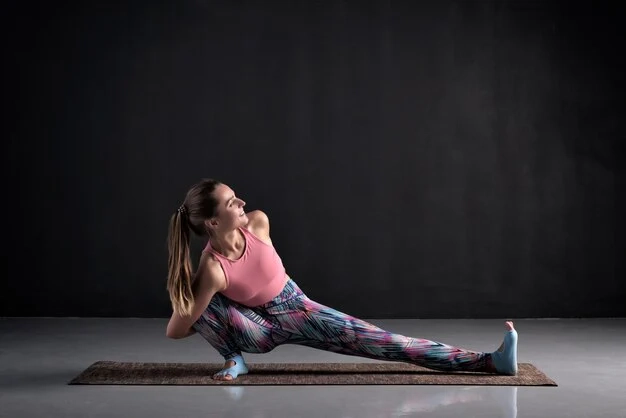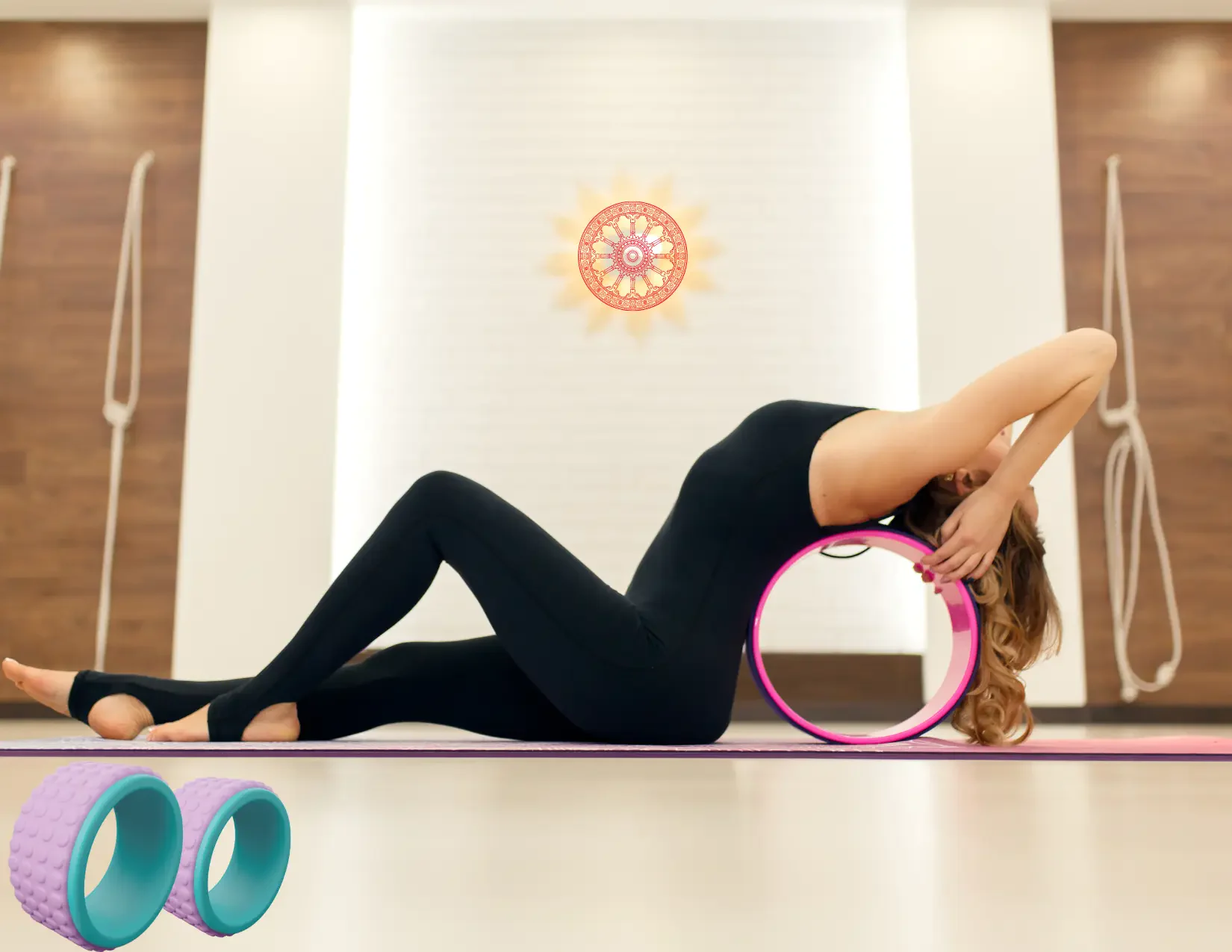Ensuring fitness for life and health requires ongoing effort, especially as we age and our bodies change. Fitness for life involves maintaining a steady, adaptable, and progressive fitness routine that adapts to your needs. This guide is designed to help you adapt your exercise routine as you get older, ensuring that you can maintain your fitness, activity levels, health, and overall satisfaction with your lifestyle in the long term.
Understanding the changes to your body
As we age, our bodies undergo several physiological changes:
- Reduced muscle mass: The amount of muscle tissue decreases, leading to reduced strength and mobility.
- Decreased Bone Density: Bones emerge as more fragile, increasing the risk of fractures.
- Slower Metabolism: Metabolism slows down, making it simpler to gain weight.
- Joint Stiffness: Joints may also grow to be stiffer and much less bendy, affecting motion and increasing the hazard of accidents.
Recognizing these changes is the first step in adapting your Fitness for life to make certain it remains effective and safe.
The Significance of Fitness for Life
Maintaining a fitness routine for Fitness for Life has several benefits, including:
- Advanced power and flexibility: Enables muscle tissues and joint flexibility.
- Improved mental health: Lowers stress, anxiety, and depressive symptoms.
- Increased coordination and balance lowers the chance of falls and injuries.
- Prevention of Chronic Disorders: Reduces the risk of diseases such as diabetes, osteoporosis, and coronary heart disease.
Modifying Exercise Programs by Age
In 30’s
It’s crucial to lay a strong foundation for long-term health in your 30s:
- Strength training: Awareness of the development of muscular mass through bodyweight exercises, resistance bands, and weightlifting
- Cardio workouts: Contain cardiovascular sports which include jogging, cycling, and swimming to preserve coronary heart fitness.
- Flexibility and Mobility: Encompass stretching and yoga to improve flexibility and prevent injuries.
In ’40s
To your 40s, the aim is to keep muscle tissues and cardiovascular health whilst being conscious of joint health:
- Keep power education: Goal for at least two days of electricity education per week, specializing in all fundamental muscle organizations.
- Low-impact aerobic: Choose low-effect aerobic physical games like taking walks, swimming, and cycling to reduce strain on the joints.
- Functional Training: Includes practical physical activities that mimic regular movements to enhance stability and coordination.
In 50’s
In your 50s, attention on retaining usual health and preventing age-related decline:
- Strength and balance education: Make stronger muscles and enhance stability with sporting activities like tai chi, Pilates, and stability-centered workouts.
- Slight Cardio: Retain with moderate-depth cardio exercises, ensuring you pay attention to your body and avoid overexertion.
- Stretching and versatility: Normal stretching and versatility in sporting events are vital to maintain joints wholesome and save you stiffness.
In your 60s and Beyond
To your 60s and beyond, prioritize keeping mobility, strength, and normal well-being:
- Power training: Interact in power education sports with the usage of mild weights or resistance bands to maintain muscle tissues.
- Mild aerobic: Pick mild cardio activities like strolling, swimming, and water aerobics to preserve your coronary heart health without straining your joints.
- Flexibility and stability: Recognition of flexibility and balance in physical activities, inclusive of yoga and tai chi, to beautify mobility and prevent falls.
Recommendations for Adapting Your workout routines
- Pay attention to your frame: Take note of how your frame feels at some point during and after exercises. If you enjoy pain or discomfort, alter your sports, or are trying to find expert advice.
- Warm-Up and Cool-Down: Constantly encompass a heat-up before starting your exercising and a cool-down afterward to prevent injuries and aid healing.
- Live Hydrated: Drink masses of water before, all through, and after your workout routines to stay hydrated.
- Mix It Up: range your exercises to keep them exciting and to work one-of-a-kind muscle businesses. This may additionally assist prevent overuse injuries.
- Seek advice from an expert: Take into account running with a fitness instructor or bodily therapist to create an exercise plan tailor-made to your needs and dreams.
Key exercises for every Age Group
Right here are a few vital exercises to include in your Fitness for life habits, no matter your age:
Strength training
- Squats: Exceptional for building decreased frame power and improving balance.
- Push-Ups: Toughen the top frame, such as the chest, shoulders, and triceps.
- Planks: Core exercising that also strengthens the returned and shoulders.
- Deadlifts: Effective for strengthening the posterior chain, together with glutes, hamstrings, and decreased back.
Cardio exercises
- Walking: Easy, low-impact workout suitable for every age.
- Swimming: is a full-body exercise that is easy on the joints.
- Cycling: is fantastic for leg electricity and cardiovascular health.
- Dancing: is a fun approach to enhance coordination and cardiovascular fitness.
Adaptability and Mobility
- Yoga: Enhances mental well-being, flexibility, and balance.
- Stretching: Regular stretching exercises can help you avoid stiffness and maintain your flexibility.
- Foam rolling: Enhances mobility and reduces muscle tension.
Overcoming recurring obstacles
Changing your exercise regimens as you get older can be difficult. The following are some common roadblocks and strategies for overcoming them:
- Lack of Motivation: To stay motivated, set attainable goals and track your progress with music. Finding an exercise partner or signing up for a fitness club might also be beneficial.
- Time Restrictions: Incorporate exercise into your daily routine to show that your health is important. Even so brief, 10-15 minute classes can be beneficial.
- Physical limitations: Regulate sporting events to suit your bodily capabilities. Use lighter weights, lessen the range of movement, or pick out low-effect options.
- Fear of Injury: Awareness of right form and method. Do not hesitate to seek professional steering in case you’re uncertain of the way to perform an exercise successfully.
Growing a Balanced Fitness Routine
A Well-rounded health routine must encompass a combination of power training, Cardio, and versatility of physical activities. Here is a pattern weekly plan to get you started:
Monday:
- Energy schooling (complete body)
- 10 minutes of stretching
Tuesday:
- Cardio (30 minutes of brisk walking or biking)
- Yoga (20 mins)
Wednesday:
- Strength schooling (higher body)
- Stability sporting activities (10 mins)
Thursday:
- Cardio (Swimming or dancing for 30 minutes)
- 10 minutes of stretching
Friday:
- Power training (lower body)
- Core exercises (10 mins)
Saturday:
- Cardio (45 minutes of low-effect pastime like on foot or trekking)
- Yoga (20 minutes)
Sunday:
Rest day or mild activities like a light stroll or stretching
Conclusion
Fitness for life is a journey that evolves as you age. With the aid of adapting your exercises to satisfy the changing desires of your body, you may hold power, flexibility, and normal fitness at some stage in your existence. Keep in mind to listen to your body, live regularly, and search for professional recommendations when wanted. With the right approach, you may revel in a Fitness for life and well-being.




